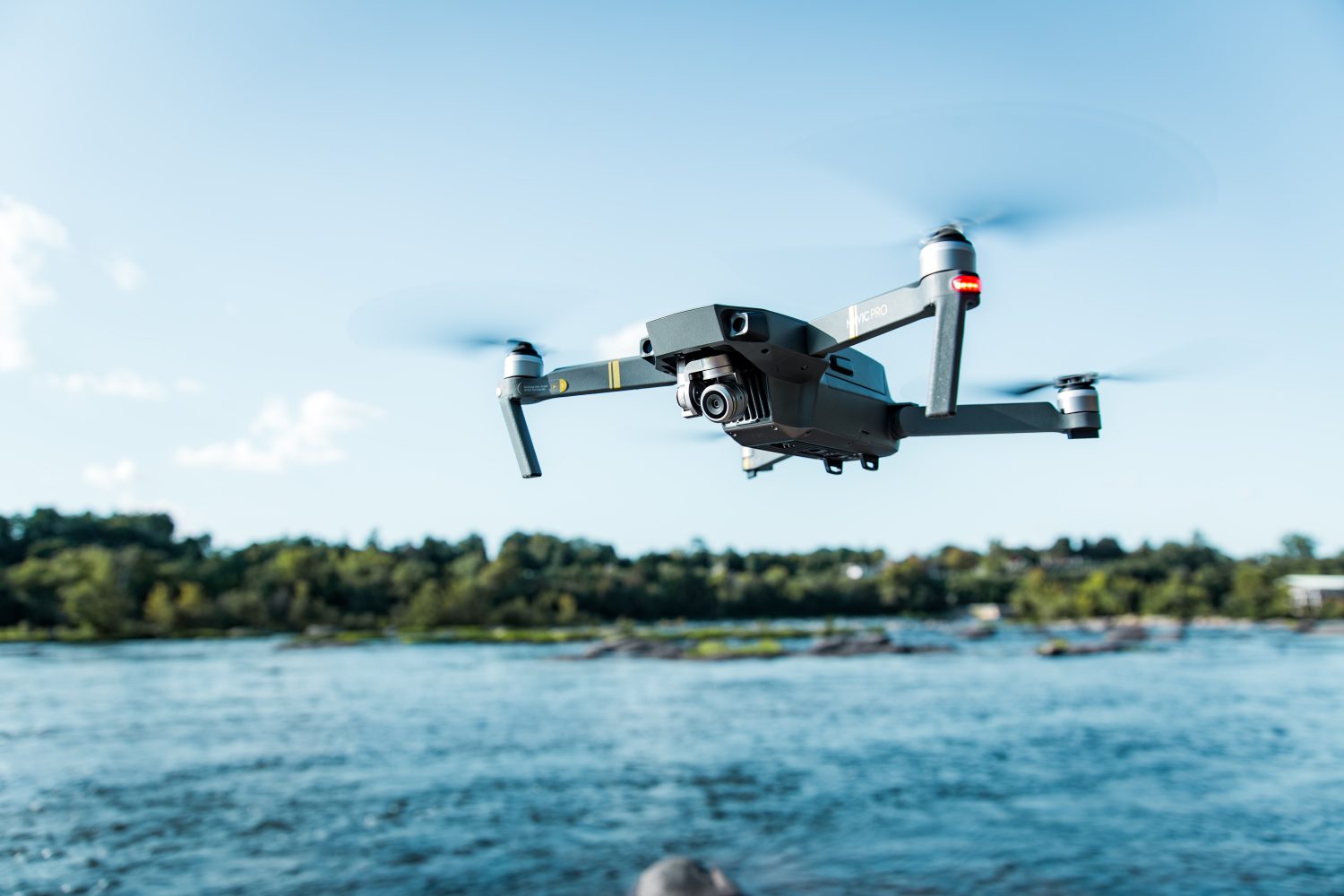
Researchers at a Russian technology organization supporting the nation’s war against Ukraine say they’ve developed an application allowing first-person view (FPV) drones to be hidden in ideal attack locations, then reactivated out of “sleeping” mode for strikes on nearby targets at appointed times.
Russia’s nominally independent Center for Integrated Unmanned Solutions says the sleeping UAVs are an outgrowth of its line of Joker FPV drones. Those craft are designed to fulfill a variety of objectives against Ukraine’s defenses, while requiring minimal adaptation between, for example, reconnaissance, intelligence, and strike missions.
Read: Ukraine reportedly upping FPV drone fleet for rumored offensive against Russian forces
According to a recent report from the Tass news agency, the center’s director general, Dmitry Kuzyakin, explained the idea behind the sleeping concept is to permit Russian forces to position the drones close to future Ukraine targets. They then sit dormant in hiding until the designated moment – or evolving scenarios – prompt their reactivation for FPV attacks.
“A drone with a hibernator can take up a position for an attack and literally go into hibernation for several weeks,” Kuzyakin said, adding the craft is electronically invisible until it is activated for its strike mission. “On the air, a sleeping drone does not manifest itself… Flight time is saved. A few seconds pass between turning on the drone and attacking, which leaves no chance of launching countermeasure systems.”
Whether inspired by it or not, the strategy is in way reminiscent of the plotting mode of al Qaeda in the late 1990s and first decade of the new century. Under that, operatives of so-called sleeper cells would travel to, hunker down in, and live unassumingly among the very populations they prepared to attack – the 9/11 and Madrid terror strikes being notorious examples of that.
Kuzyakin describes a not dissimilar idea behind Russia’s sleeping FPV strike drones, which may also be likened to remotely controlled aerial land mines. The craft innocuously blend into the urban landscape while dormant, and then are awakened to strike before they can be detected and stopped.
The innovation, however, does raise some operational questions in the swiftly shifting dynamics amid Ukraine’s ongoing counter-offensive.
For starters, the concept appears to require the UAVs being manually positioned rather than flown into future launch spots where detection is unlikely. That presumably means rooftops or other elevated urban locales, rather than ground spots – including forests or fields where foliage might obstruct takeoff. Those are time-requiring and limiting details.
Even those precautions, meanwhile, may not prevent discovery of sleeping Russian FPV drones in what are often rapid advances of Ukraine’s troops.
“What’s not clear with this concept is what happens when battle lines suddenly shift and positions are abandoned, and these drones are discovered and neutralized,” tweeted Samuel Bennett, an expert of Russian arms systems who works with organizations including the Center for Naval Analysis. “Pre-positioning drones for a short period of time may be useful, but lengthy ‘hibernation’ may not work.”
Meanwhile, in cases where Russian units are being chased into lengthy retreats, communications between drone pilots and their sleeping craft may be too chaotic or weak to permit awakening, then flying UAVs on accurate FPV strikes. That would leave the hibernation tech just waiting to be found, then analyzed by Ukraine geeks seeking to work up counter-systems to disrupt the awakening process.
Still, Kuzyakin says Russia’s FPV development program dates back to 2021, and produced its first combat results shortly after Moscow’s invasion of Ukraine last year. The hibernating UAV system, he boasts, already permits a single pilot to “place, and then ‘wake up’ and sequentially use up to 15 ‘sleeping’ drones.”
Read: Exclusive: Insiders describe Ukraine operation preparing drone strikes inside Russia
And that, he predicts, is only one facet of first-person-view attack applications for potential use with other kinds of remotely controlled vehicles.
“We are on the verge of an FPV revolution in armaments,” Kuzyakin forecasts. “(M)ost (are) in demand (for) attacks on enemy strongholds and hunting for armored vehicles. But if you look at the FPV tool more broadly and improve functionality, you can get ahead of the enemy not only in the technique itself, but also in scenarios for its use.”
Image: Karl Greif/Unsplash
FTC: We use income earning auto affiliate links. More.




Comments